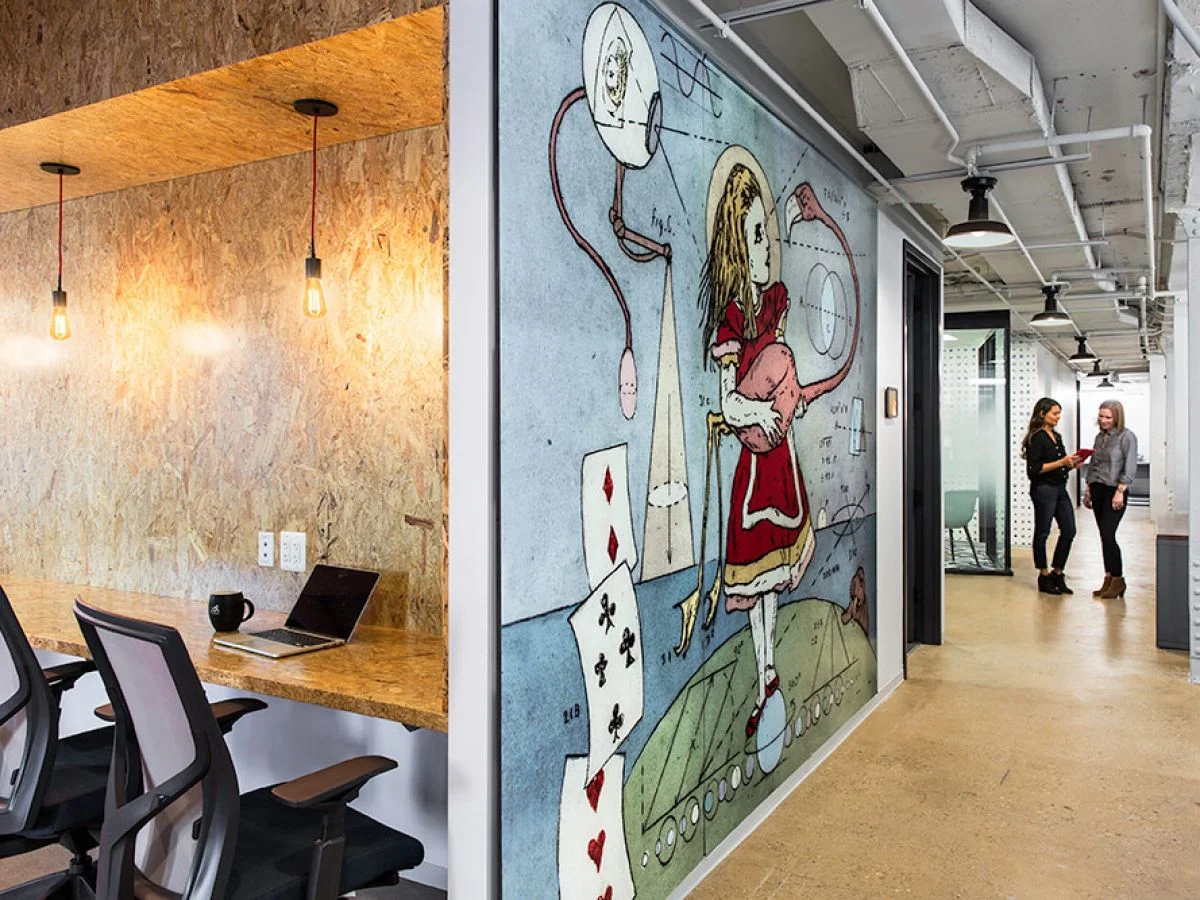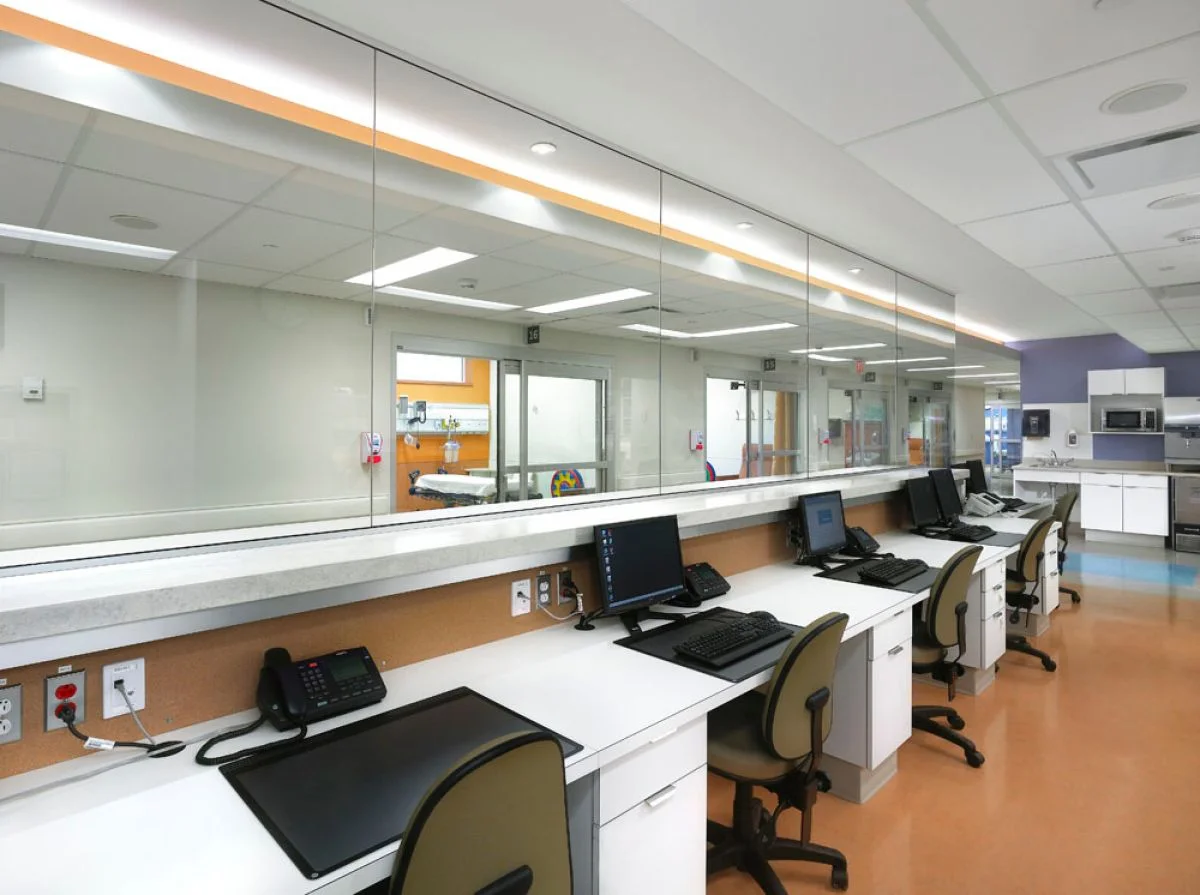Today’s emerging wellness model considers health across a wide continuum of care. This model is designed to influence healthy behavior and lifestyle, to prevent disease and ultimately keep members of the community from requiring acute care. But what will the spaces look like where it will take place?
This multi-channel approach to healthcare will need spaces attuned to and reflective of the identities and preferences of the communities in which they are located. It will likely include some of the typical healthcare environments we see today, from the fast care clinic to acute and critical care facilities, but will also take place in hybrid spaces that fulfill needs we are just beginning to envision.

























